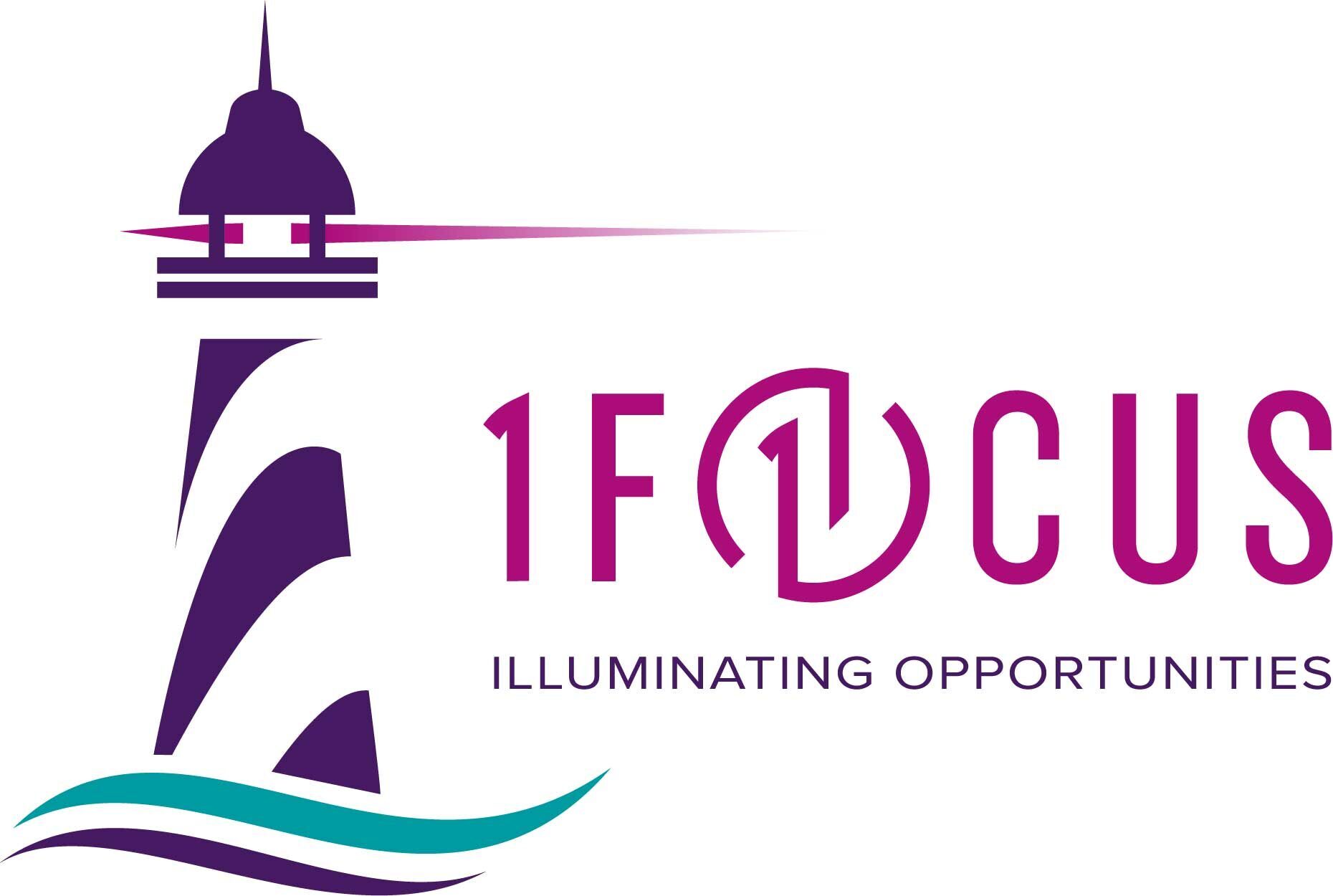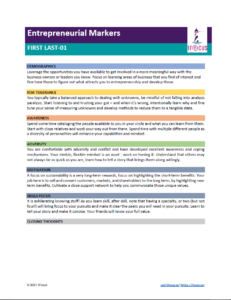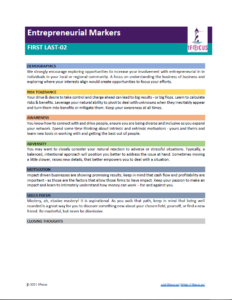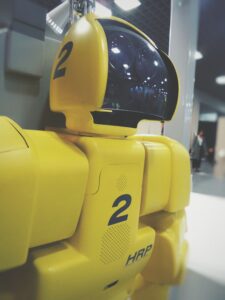Zoom Fatigue! It’s a Real Thing! Over the last few weeks our customers have been asking us if it’s time to upgrade their audio visual and conferencing hardware and software.
These conversation always include a portion on communication effectiveness. And the answer almost always is a recognition that communication could be more effective, especially as a lot of firms around the world are still doing remote or have settled on hybrid workspaces.
So, it’s not always a question of hardware or software needing an upgrade.
So here’s a small but super effective tip. Look into the camera when you’re talking not at the screen. Every call we used to have, calls that we still see happening with our customers, people are staring at the screen while talking! That’s a great way to reduce the efficacy of your communication and to increase zoom fatigue. We don’t want either!
Both in person and remote, when people you’re talking to are looking at their screens and they’re looking at you and they see you looking back in their eyes and not at the screen, you’re helping reduce zoom fatigue and create those connections, virtually, that enhance conversations. You feel and are present, instead of distant.
Did you catch that? You’re doing it for the people you’re talking to, and when they speak back and they’re looking in their camera, you’ll feel like they’re looking in your eyes as well!
It takes some getting used to as a speaker, but when everyone’s doing it you’ll be pleasantly surprised at how much less zoom fatigue you’ll have coming out of these calls.
There’s other tips we’ll be sharing throughout the rest of this week such as “does it have to be meeting” and “why you don’t always need to meet about a deck”. This tip we’ve found to consistently have the greatest impact!
Give it a try let us know how it works out to you, we’d love to hear your experiences.









